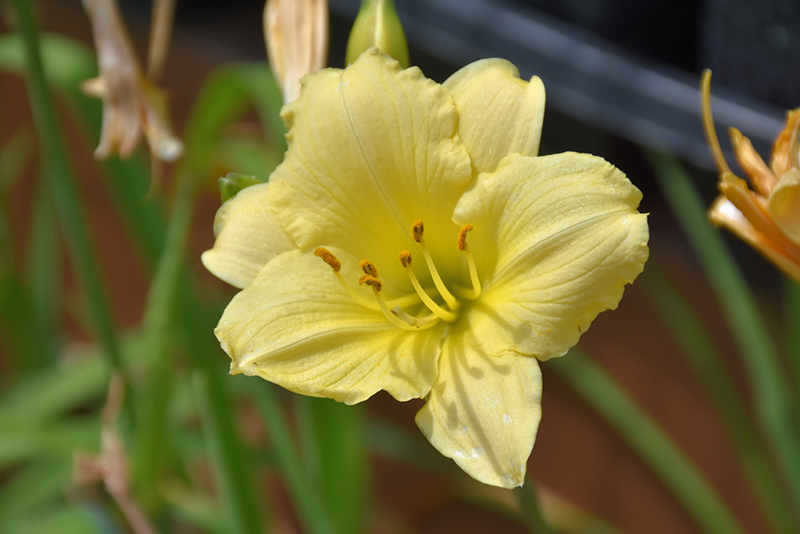Precious de Oro Daylily
Description
A compact, vigorous and long blooming selection that features ruffled, pale yellow flowers that quickly mature to cream; short, sturdy stems rise above mounds of arching green foliage; an easy to grow variety perfect for beds, borders and containers
Landscape Attributes
Precious de Oro Daylily is an herbaceous perennial with a shapely form and gracefully arching foliage. Its relatively fine texture sets it apart from other garden plants with less refined foliage.
Precious de Oro Daylily is recommended for the following landscape applications;
Planting & Growing
Precious de Oro Daylily will grow to be about 12 inches tall at maturity extending to 16 inches tall with the flowers, with a spread of 18 inches. When grown in masses or used as a bedding plant, individual plants should be spaced approximately 14 inches apart. It grows at a medium rate, and under ideal conditions can be expected to live for approximately 10 years. As an herbaceous perennial, this plant will usually die back to the crown each winter, and will regrow from the base each spring. Be careful not to disturb the crown in late winter when it may not be readily seen!
This plant does best in full sun to partial shade. It is very adaptable to both dry and moist locations, and should do just fine under typical garden conditions. It is not particular as to soil type or pH. It is highly tolerant of urban pollution and will even thrive in inner city environments. This particular variety is an interspecific hybrid. It can be propagated by division; however, as a cultivated variety, be aware that it may be subject to certain restrictions or prohibitions on propagation.
Precious de Oro Daylily is a fine choice for the garden, but it is also a good selection for planting in outdoor pots and containers. It is often used as a 'filler' in the 'spiller-thriller-filler' container combination, providing a mass of flowers against which the thriller plants stand out. Note that when growing plants in outdoor containers and baskets, they may require more frequent waterings than they would in the yard or garden.

